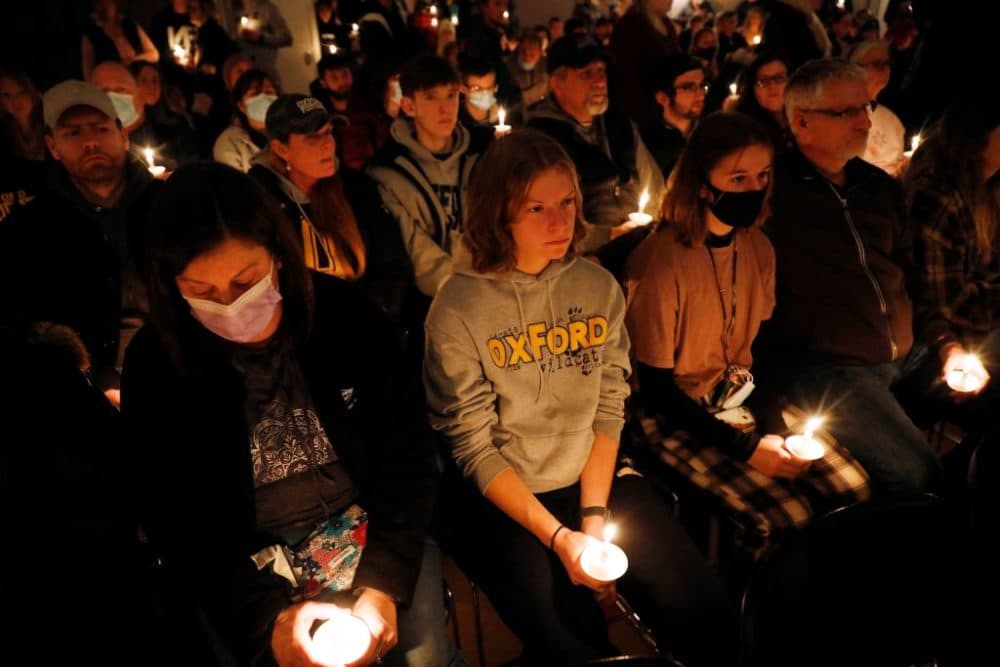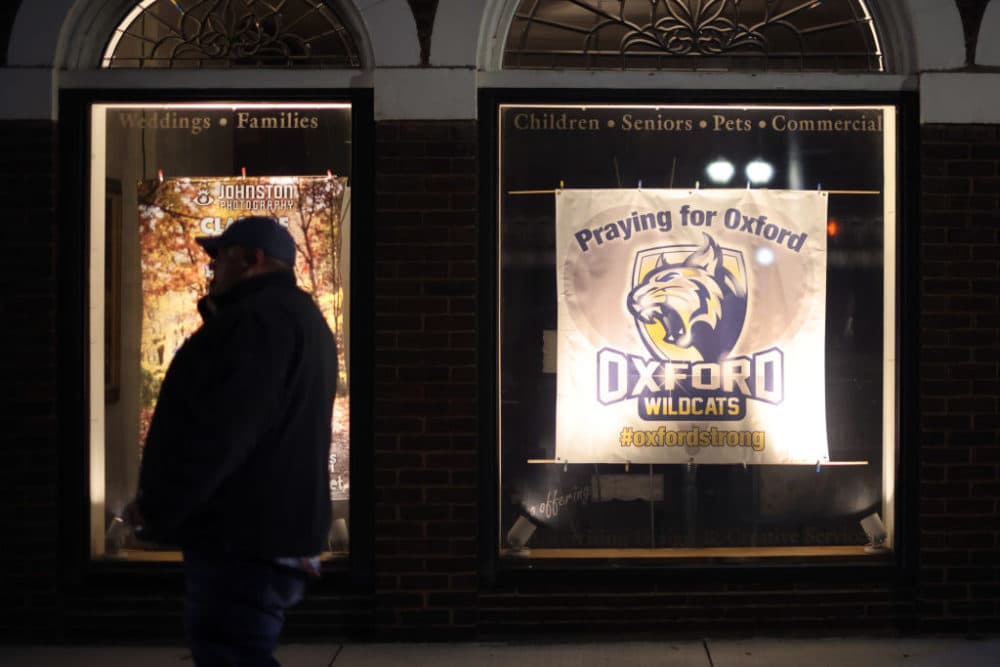Advertisement
Commentary
How the school shooting in Michigan might have been prevented

The horrific mass shooting at a high school in Michigan has once again catapulted school violence into the news. But circumstances swirling around 15-year-old shooting suspect Ethan Crumbley has also spotlighted the crucial role schools can play in preventing mass violence.
To recap the available information we know: Officials from Oxford High School reportedly met with Crumbley, after he was found searching for ammunition on his phone and had penned disturbing messages. School officials also met with his parents, who were instructed to bring their son to therapy within 48 hours. The Crumbleys reportedly refused to bring their son home that day, and school officials allowed him to return to class. Later that very afternoon, Crumbley allegedly shot and killed four students.
Now, not only are the Crumbleys being charged with involuntary manslaughter, but prosecutors are weighing charges against the school, too.
As a child psychiatrist and school-based consultant for nearly 30 years, I’ve worked alongside school officials and parents to navigate these kinds of situations. I know how scary and complicated they can be. I also have the utmost respect for school officials I’ve worked with, who’ve displayed flexibility and perseverance.
But that’s also why I’m frustrated: There’s an evidence-based methodology that can prevent catastrophes like the mass shooting at Oxford High School. It’s a tool that law enforcement agencies like the FBI use to keep all Americans safe every day, and it’s called a safety assessment.
There’s an evidence-based methodology that can prevent catastrophes like the mass shooting at Oxford High School.
My work in schools centered around safety assessments — often called threat assessments — which are simply extensive investigations that involve multiple parties (e.g. parents, school officials, police, clinicians). These assessments include a review of medical and school records, interviews and testimonials, home visits and the mobilization or intensification of resources to prevent violence and help the student.
An increasing number of states now mandate that all schools have safety assessment teams, but there is often extreme variability between how this evidence-based methodology is supposed to work and its implementation — and no standardization when it comes to training. For example, every school in Massachusetts is required to have a safety assessment team, but without standardization, strict guidelines, and training protocols, no town conducts safety assessments in the same way. (In Michigan, each school has to have a safety liaison registered with the state police.)
Safety assessments emerged as a school intervention approach after the mass shooting at Columbine High School in 1999 prompted the FBI and Secret Service to partner to examine nearly 40 incidents of targeted school violence from 1974 to 2000.
The result of their collaboration was the Safe School Initiative (SSI), a series of strategic recommendations to make schools safer, and to identify and understand aggressive students who make threats in schools, while evaluating the potential for targeted violence. The safety assessment was a linchpin in their recommendations.
After the SSI’s release, Virginia-based psychologist Dewey Cornell conducted field testing, in an effort to translate the initiative’s findings into accessible information, essentially a manual, that has since been implemented in schools around the country. (Cornell's is the only model with controlled studies demonstrating its effectiveness.)

Cornell and his team showed that if schools are given clear procedures for evaluating threats with an emphasis on prevention, addressing underlying problems, and making available access to behavioral health services, students can get help without getting stuck in a zero-tolerance punitive pipeline of suspensions and over-criminalization.
In his manual, “Comprehensive School Threat Assessment Guidelines: Intervention and Support to Prevent Violence” (CSTAG), Cornell outlines two basic threat levels: Transient and substantive.
Transient threats are often impulsive outbursts — “I’m going to kill you!” — or even jokes made in the heat of the moment. Meanwhile, substantive threats often feature specificity, planning, weapons access and even accomplices.
According to Cornell, by differentiating between transient and substantive threats, schools avoid overreacting to student behaviors that are not serious without underreacting to instances when a student poses a serious threat of violence. When it comes to substantive threats, immediate action is always taken.
Schools tend to embrace quick fixes like very realistic lockdown drills that are not only reactive, but simply don’t work to prevent violence in schools.
So, what would’ve happened at Oxford High School had they used a comprehensive safety assessment model?
Crumbley’s internet search for ammunition, coupled with his disturbing messages, would’ve been classified as a substantive threat. As such,a school resource officer would have initiated a home search in coordination with local law enforcement and conducted a search of Crumbley’s locker and backpack. That search would’ve discovered the weapon he used that day.
Importantly, the school officials would mobilize in coordination with multiple parties — including a clinician like myself — to get Crumbley the intensive help he needed.
After a mass shooting, there’s a tendency to blame and oversimplify solutions. Schools tend to embrace quick fixes like very realistic lockdown drills that are not only reactive, but simply don’t work to prevent violence in schools.
But in the absence of meaningful gun legislation in this country, we have a duty to advocate for an evidence-based, standardized safety assessment model — along with the adequate training needed — to prevent violence and provide access to mental health services in a timelier, and possibly life-saving, way.
